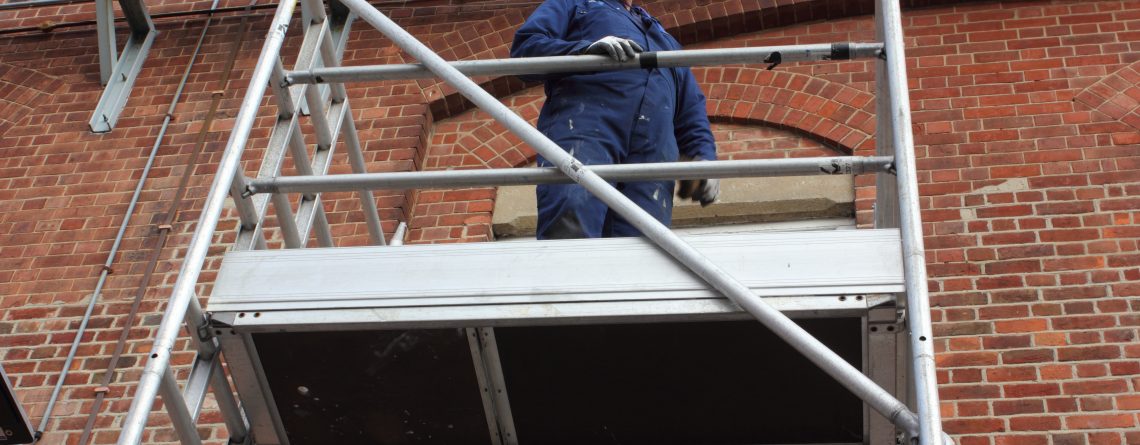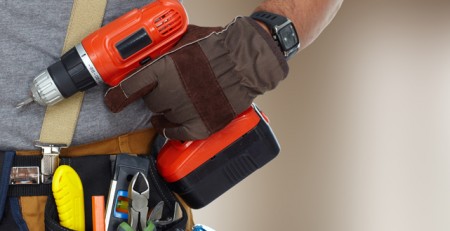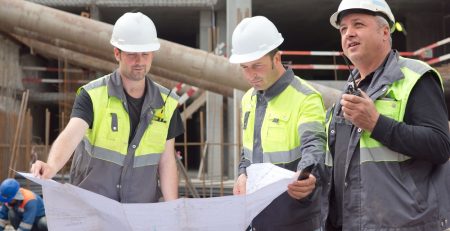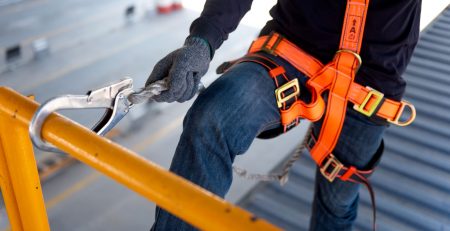5 Advantages to using a scaffold tower over a ladder
Scaffolding towers have several advantages of ladders for a whole range of jobs that need completing around the house or in the garden. This blog aims to provide a handy group of reasons why a BPS Access Solutions scaffold tower may be more capable and effective than a ladder and provide more safety and a more practical approach to working at height.
Safety
Scaffolding towers are considerably safer than ladders as they have a wider surface area and are supported on four legs making them free-standing, compared to two legs and resting at an angle with a ladder. Ensuring that you can complete the work on a flat platform that is much more stable. This gives you the reassurance you need to carry out the work with less risk and means you can focus more on the job without worrying about falling off a ladder that could be liable to wobble, and require closer supervision and care when using. remember scaffolding is not completely safe and care must still be used then on a tower. Safety is the top priority for scaffold towers and the emphasis is made clear at every stage of the scaffolding process from erecting it to dismantling it.
The Platform
The platform allows you to move around more freely and have tools and equipment beside you that simply isn’t possible with a ladder. The platform means you can leave the scaffolding tower in one place for longer. The hassle of moving ladders is one that cannot be avoided unless you opt for a scaffolding tower to slash the amount of time it would take to reposition your ladder. The platform on top of the free-standing structure also reduces the need for accompanying assistance, whereas with a ladder you often have someone to ensure the base of the ladder is secure. The platform level is also provided with bars/guide rails to prevent the user from falling off the platform, enhancing its safety further. The platform is provided with a capability to withstand both persons and materials expected for its purpose, to provide confidence and reassurance to the user that the platform can support them during their work. However, you must ensure you follow all the safety procedures for scaffold towers as working at height requires vigilance, regardless of what you use.
Easy to work on
The scaffolding tower makes it easier to complete the job, especially for jobs such as painting and de-guttering. The platform on a scaffolding tower is able to put you in the best spots to reach more areas including those difficult to reach, remember just because you can reach further with a tower doesn’t mean you can’t still overstretch and do damage to yourself as doing so could prove fatal. Tasks that might be easier on a scaffold could also include putting up Christmas decorations, pruning house ivy, and other home improvements/maintenance. The ability to work more easily also means that the work can be finished quicker and with less strain than a ladder. Ladders are useful for small tasks, but if you require a more robust and professional apparatus then the ideal solution is a scaffold tower that will make a long and tricky job much more feasible.
Straightforward to manoeuvre
Scaffold towers are often equipped with wheels to allow the user to change the location of the tower in a more simple and straightforward way, compared with the cumbersome and riskier option of a ladder. When manoeuvring a tower, always reduce the height to no higher than 4m. Although easier to use and manoeuvre scaffold towers still pose a risk, so be aware of possible hazards notably wires and obstructions both on the ground and overhead that could destabilise the tower or get caught while moving the tower. Before moving the tower check that the ground is stable and there are no risks to the tower and the user such as potholes and never move a tower if people or materials are on it. Although towers are easier and safer to move they are still an apparatus that must be treated with care and consideration at all times to ensure that the tasks can be completed without unnecessary risks involved.
Strength of assembly
The towers are made to provide a strong and durable frame to support the platform and the user on top. This ensures the tower can support the weight and strains expected of it. They also outline a clear and reassuring assembly process for the user. This process is covered in the instructions that the provider of the tower is duty bound to provide to the user. This should be read and followed at every stage to ensure that the risks are as low as possible the scaffold structure should also include several health warnings around the use of the tower and how and how not to assemble and operate the tower. The manufacturer has produced these towers for a purpose and with capabilities and limitations that they know inside out. So do not ignore their instructions for the towers as this could have catastrophic outcomes. If the tower cannot be correctly/safely assembled as the instructions state or is damaged, then do not use it.
These reasons outline the ways in which a scaffold tower can improve and enhance the work required. Thus making jobs both domestic and commercial as swift and safe as they can be without having to resort to ladders that are often unsuitable and considerably less safe.












